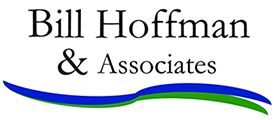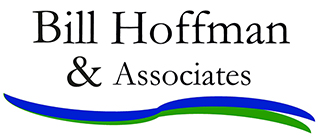Are your board members truly energized in the work of your organization? If your non-profit is like most, the answer is “yes” and “no.” You’re doing well if this describes half of your board  members. But what about the other half?
members. But what about the other half?
The biggest key to a nonprofit’s success is the strength of its volunteer board of directors. Everyone wants to have the high-profile community leaders who can open doors and get things done on their board. Of course, every other nonprofit in the community is lusting after those same strong volunteers to help their efforts. These folks will often sit on multiple boards serving a variety of community needs. If you want to be the go-to nonprofit in your sector, then you need to be strategic in how you engage and use your high-profile board members.
Give that Energy an Outlet!
At times it may seem counterintuitive, but the best way to retain your busiest, most valuable volunteer board members is to work them hard! Yes, these are busy people, and, yes, they have a lot going in their lives (typically professionally as well as on the volunteer front). But if they don’t see their roles as critical to your nonprofit’s success, they will drift away to where they can have an impact. If they don’t see their efforts as making a difference for your organization, they’ll spend their time in another area of their lives where they can make a difference. These folks rarely join boards to résumé build or just be on the letterhead. The best board members want to use their talents to make a difference.
We also should not confuse attending meetings with engagement. Just because a volunteer can’t make all of the board or committee meetings doesn’t mean he or she doesn’t want to help or can’t be effective. Many highly effective board members would rather work behind the scenes or on a more individual basis. Are they available to the executive director or board leadership between meetings? Often the board members who are not meeting goers are the type folks who can make one phone call and remove a lot of roadblocks. Or they can make inroads that help the organization—regardless of their meeting attendance.
Show Them the Good, the Bad, and the Ugly
It seems that most of the nonprofit world is populated by optimistic people. If we didn’t see the good that can be accomplished, we would have a tough time fighting many everyday battles. But that doesn’t mean that we should use rose-colored glasses when we look at what needs done. It’s important that board members hear the challenges as well as the great accomplishments. Every organization has challenges—and they’re rarely just a need for more money. If board members only hear about the great things being done—i.e., only the good—then they may assume that their talents are not needed. If they believe that everything’s solved at one nonprofit, they’ll move along to another, where they believe they can make an impact. So, although it’s important to share the wins, it’s also important to share the bad and the ugly. Let board members know what issues and challenges you’re working on. They may have experience in a particular area and can help—or know someone who’s gone through the same issue and has some thoughts to help.
Energizing your board members takes an investment in time—and the willingness to customize your approach for each board member. But having an energetic board of high performers will pay off big time!

